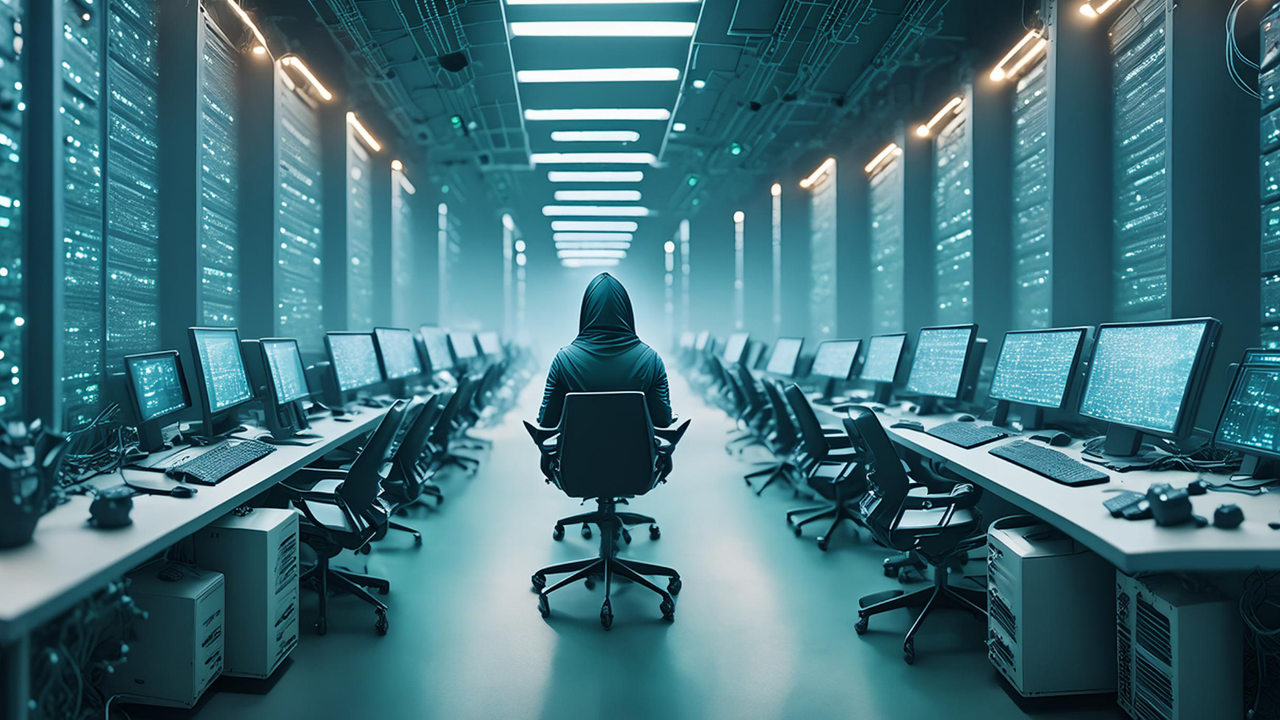Table of Contents
Should AI Be a Free Agent in Cybersecurity?
In our increasingly digital world, the reliance on virtual assistants like Siri and Alexa has become indispensable. Moreover, the peace of mind knowing that AI-powered tools safeguard our finances by detecting fraud is a testament to the remarkable capabilities of AI. But what about using AI in security? According to research, more than 40% of people view better security as a top application for AI.
This article will explore how organizations should be combining AI with the human element in cybersecurity, and how to keep a human eye on AI-powered tools to prevent them from being led astray by malicious actors.
How Does AI Impact Cybersecurity?
AI, through machine learning and deep learning, can quickly analyze network behavior to identify deviations or security incidents in real time. By monitoring, detecting, and responding to cyber threats, AI can provide comprehensive defense against attacks, leveraging data analysis to uncover patterns indicative of potential breaches. Furthermore, AI can scan networks for vulnerabilities, mitigating common threats and reducing the risk of breaches. Its capability to combat malicious bots adds an extra layer of defense for digital assets.
According to industry research, organizations must adopt technologies, strategies, and skills to enable secure access to generative AI, rather than simply blocking access, which could lead to employees bypassing IT visibility and control. Ultimately, integrating AI into cybersecurity represents a proactive and resilient strategy for safeguarding critical assets.
Building a Robust Cybersecurity Toolkit with AI?
When it comes to safeguarding customers in today’s digital landscape, it is essential to equip your cybersecurity with the right AI applications, such as:
- Phishing detection: Advanced algorithms swiftly identify and mitigate phishing attempts, protecting users from fraudulent emails and websites.
- Malware detection & prevention: Real-time scanning and heuristic analysis detect and block malicious software.
- Bot identification: Machine learning algorithms distinguish between human users and automated bots, mitigating bot-driven attacks.
- Network segmentation & security: Partitioning network resources and implementing access controls enhance security and minimize the impact of breaches.
- Device behavior analysis: Monitoring device behavior patterns to detect anomalies and potential threats.
- Threat intelligence: Aggregating and analyzing threat data to provide actionable insights and proactive defense.
- DDoS protection: AI-driven analysis identifies attack patterns and blocks zero-day attacks, replacing manual analysis for faster threat identification.
This blog discusses leveraging AI to create robust security, and the importance of balancing automation and human oversight to protect against evolving threats

Allot’s inbound and outbound protection services – benefits achieved with ai-enhanced solutions
(Deployed inline, Allot’s DDoS Protection Services detect and handle attacks, and seamlessly block bot penetration attempts.)
Is There Anybody Out There? Well, there should be!
As AI becomes integral to cybersecurity, it will still require security professionals to effectively integrate, govern, and manage these systems. Businesses must ensure mechanisms and policies for human intervention, particularly in high-stakes situations. Users should also remain vigilant, understanding the capabilities and limitations of AI algorithms to safeguard their data and privacy.
Responsible Use of AI in Cybersecurity
While AI is a powerful tool, it also presents challenges that must be addressed, such as:
- Data privacy and security: Ensuring data used to train AI models is managed securely and complies with regulations.
- Bias and fairness: Regularly auditing and monitoring AI systems to mitigate bias and ensure fairness.
- Transparency and explainability: Striving for transparency in AI decision-making, especially in critical cybersecurity applications.
- Continuous learning and adaptation: Implementing mechanisms for ongoing training and updating of AI models to keep pace with evolving threats.
The Dark Side of AI
While AI can enhance cybersecurity, it can also be exploited by malicious actors. In the upcoming Part 2 of this blog series, we will explore the risks associated with AI when it falls into the wrong hands and the steps organizations must take to mitigate these threats.


 The Role of Convergence in Protecting CSP Customers
The Role of Convergence in Protecting CSP Customers Why Cybercriminals Attack Consumer Telecom Customers
Why Cybercriminals Attack Consumer Telecom Customers


